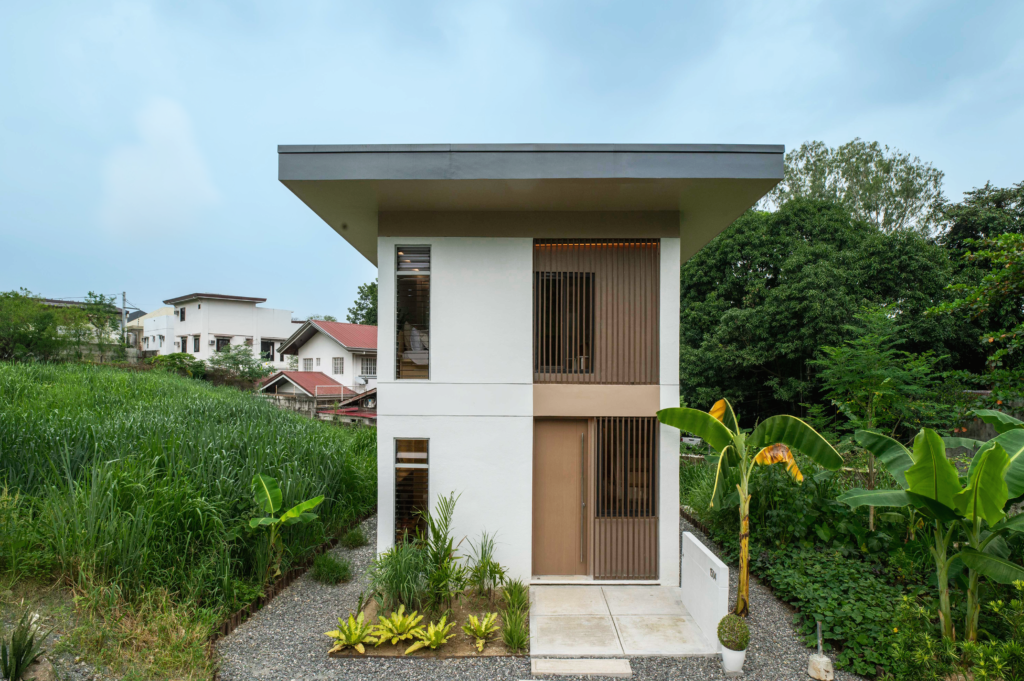Addressing the challenges in wind power in India requires proactive measures such as enhancing grid infrastructure, and providing stable and supportive policy frameworks to foster the growth and optimization of this renewable energy sector.
India, a country known for its vast and diverse landscape, is adopting wind energy. With its geographical location, India holds the potential to harness wind power as a sustainable and environmentally friendly energy source.
Over the years, the nation has made significant strides in developing its wind energy landscape, implementing ambitious policies, and investing in wind energy projects to accelerate the transition toward cleaner energy. We will delve into the key aspects of the wind energy landscape in India, exploring its current status and challenges.
Wind Energy Infrastructure Challenges in India
India has a vast potential for wind energy, with an estimated 750 gigawatts of wind power capacity. However, the country’s wind energy sector faces a number of infrastructure challenges that are hindering its growth.
One of the biggest challenges is the lack of adequate transmission infrastructure. Wind power is an intermittent source of energy, so it is important to have a strong transmission network in place to transport the electricity from wind farms to consumers. However, India’s transmission network is not well-equipped to handle the large amounts of wind power that is being generated.
Another challenge is the lack of land availability. Wind turbines require large tracts of land, which can be a challenge in densely populated countries like India. This is especially true for offshore wind farms, which require access to large areas of coastal waters.
The cost of wind energy is also a challenge. Wind turbines are expensive to purchase and install, and the cost of wind power can be higher than the cost of power from other sources, such as coal or natural gas. This can make it difficult for wind energy to compete in the market.
Grid Integration Challenges in India
India is rapidly expanding its renewable energy capacity, with a goal of installing 175 gigawatts of solar and wind power by 2022. However, this rapid growth is putting a strain on the country’s power grid. Here are some of the challenges that the country encountered:
-
Intermittent nature of renewable energy like wind power. The intermittent nature of renewable energy, such as wind power, refers to the fact that the availability and output of energy from these sources can vary over time. This can lead to fluctuations in electricity demand and supply. This can be difficult for the grid to manage.
-
Lack of adequate transmission infrastructure. The lack of adequate transmission infrastructure refers to the insufficient or underdeveloped network of power lines, substations, and other equipment needed to transport electricity from the generation source to the end consumers. The Indian power grid is not well-equipped to handle the large amounts of renewable energy that is being generated. This can lead to congestion on the grid.
-
Lack of adequate data and monitoring systems. The limited availability or insufficiency of accurate, real-time information about the performance, condition, and behavior of wind power systems and their integration into the overall electricity grid can pose challenges for effective operation, maintenance, and optimization of wind energy grids. This condition makes it difficult to track the flow of electricity and identify potential problems.
-
Technical challenges associated with integrating renewable energy into the grid. Integrating renewable energy into the grid poses technical challenges related to intermittency, grid stability, capacity, voltage control, and grid management, requiring advancements in technology, grid infrastructure, and policy frameworks. For example, renewable energy sources can cause voltage fluctuations and other problems that can disrupt the grid.
Government Initiatives to Address the Wind Energy Challenges

PHOTO: Karan Suthar on Unsplash
The Indian government is aware of these challenges, and it is taking steps to address them. For instance, it has started investing in the development of new transmission lines. Likewise, it facilitates land acquisition for wind farms and provides financial incentives for wind energy projects
India has also implemented Generation-Based Incentives (GBIs). The government provides GBIs to wind power projects, which are payments made to generators for the electricity they produce. This helps to make wind power more competitive with other sources of energy.
Similarly, the government initiated Accelerated Depreciation (AD) which allows wind power projects to depreciate their assets more quickly than other types of projects. This can help to reduce the cost of wind power and make it more attractive to investors.
Moreover, the government implemented Renewable Purchase Obligation (RPO), requiring electricity distribution companies to purchase a certain percentage of their electricity from renewable energy sources. This helps to ensure that there is a market for wind power.
There is also the Offshore Wind Energy Policy. The government has released an offshore wind energy policy, which sets out the framework for the development of offshore wind projects in India. This policy is expected to help to unlock the potential of offshore wind energy in India.
Why Wind Energy is an Excellent Option for India
Wind energy is an excellent option for India since the country has a vast and diverse geography with a significant potential for wind power generation, thanks to its expansive coastlines, mountain ranges, and open plains. This abundant resource also allows India to tap into clean and renewable energy, reducing its dependence on fossil fuels and mitigating the harmful effects of climate change.
BillionBricks supports the use of renewable energy like wind and solar power. In fact, we integrate solar panels in our net-zero homes to ensure that our homeowners will have a clean energy source.
If you want to learn more about BillionBricks and our net zero homes, visit https://calendly.com/d/y5t-wh7-hdd/call-with-billionbricks
Sources
-
Shubhra Puri. (2022). Repowering Wind Energy Sector In India: Challenges And Opportunities. Retrieved from https://www.genesisray.com/media-insights/reflection/repowering-wind-energy-sector-in-india-challenges-and-opportunities
-
Manoj Kumar Upadhyay. (2022). Reviving the Wind Sector: Challenges & Suggestions. Retrieved from https://www.financialexpress.com/opinion/reviving-the-wind-sector-challenges-suggestions/2454196/
-
Rahul Tongia, Santosh Harish, and Rahul Walawalkar. (2018). Complexities of integrating Renewable Energy into India’s grid. Retrieved from https://www.brookings.edu/articles/complexities-of-integrating-renewable-energy-into-indias-grid/
-
Sanjay Garg. (n.d.). Grid Integration of Renewable in India. Retrieved from https://rksi.adb.org/wp-content/uploads/2020/10/grid-integration-renewable-india-challenges-and-policy-responses.pdf
-
Press Information Bureau. (n.d.). Generation Based Incentive Scheme. Retrieved from https://pib.gov.in/newsite/PrintRelease.aspx?relid=78829
-
IISD. (2015). India’s Accelerated Depreciation Policy for Wind Energy. Retrieved from https://www.iisd.org/publications/report/indias-accelerated-depreciation-policy-wind-energy
-
Byjus. (n.d.). Renewable Purchase Obligation. Retrieved from https://byjus.com/free-ias-prep/renewable-purchase-obligation-rpo/
-
Drishtiias. (n.d.). Roadmap for India’s Offshore Wind Energy. Retrieved from https://www.drishtiias.com/daily-news-analysis/roadmap-for-india-s-offshore-wind-energy




